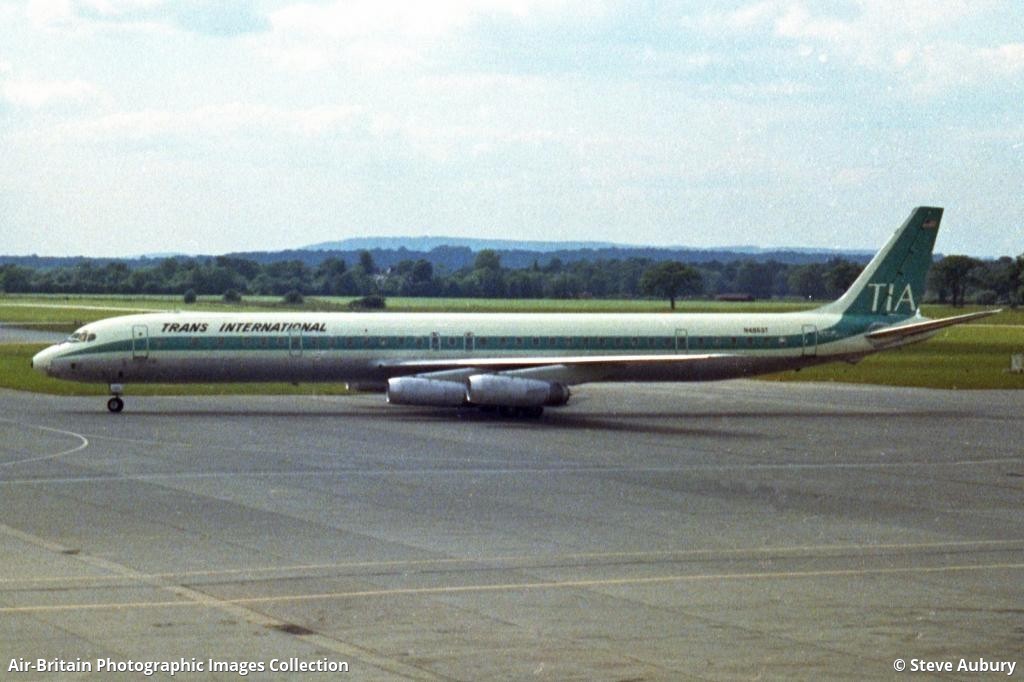Crash of a Beechcraft E18S in Milford
Date & Time:
Jul 29, 1971 at 2215 LT
Registration:
N417R
Survivors:
Yes
Schedule:
Syracuse – New York
MSN:
BA-264
YOM:
1957
Crew on board:
2
Crew fatalities:
Pax on board:
0
Pax fatalities:
Other fatalities:
Total fatalities:
0
Captain / Total hours on type:
247.00
Circumstances:
While cruising by night on a mail flight from Syracuse to New York, the crew encountered technical problems with an engine. It was decided to jettison the cargo as the crew was unable to maintain a safe altitude. Eventually, the airplane struck trees then crashed in Milford, New York. Both crew were injured, one seriously, and the aircraft was destroyed.
Probable cause:
Powerplant failure due to blower, impeller assembly failure. The following factors were reported:
- Lack of lubrication on specific parts,
- Material failure,
- High obstructions,
- Jettisoned load,
- Forced landing off airport on land,
- Damage to impeller and associated parts resulted from impeller bearing failure.
- Lack of lubrication on specific parts,
- Material failure,
- High obstructions,
- Jettisoned load,
- Forced landing off airport on land,
- Damage to impeller and associated parts resulted from impeller bearing failure.
Final Report:











